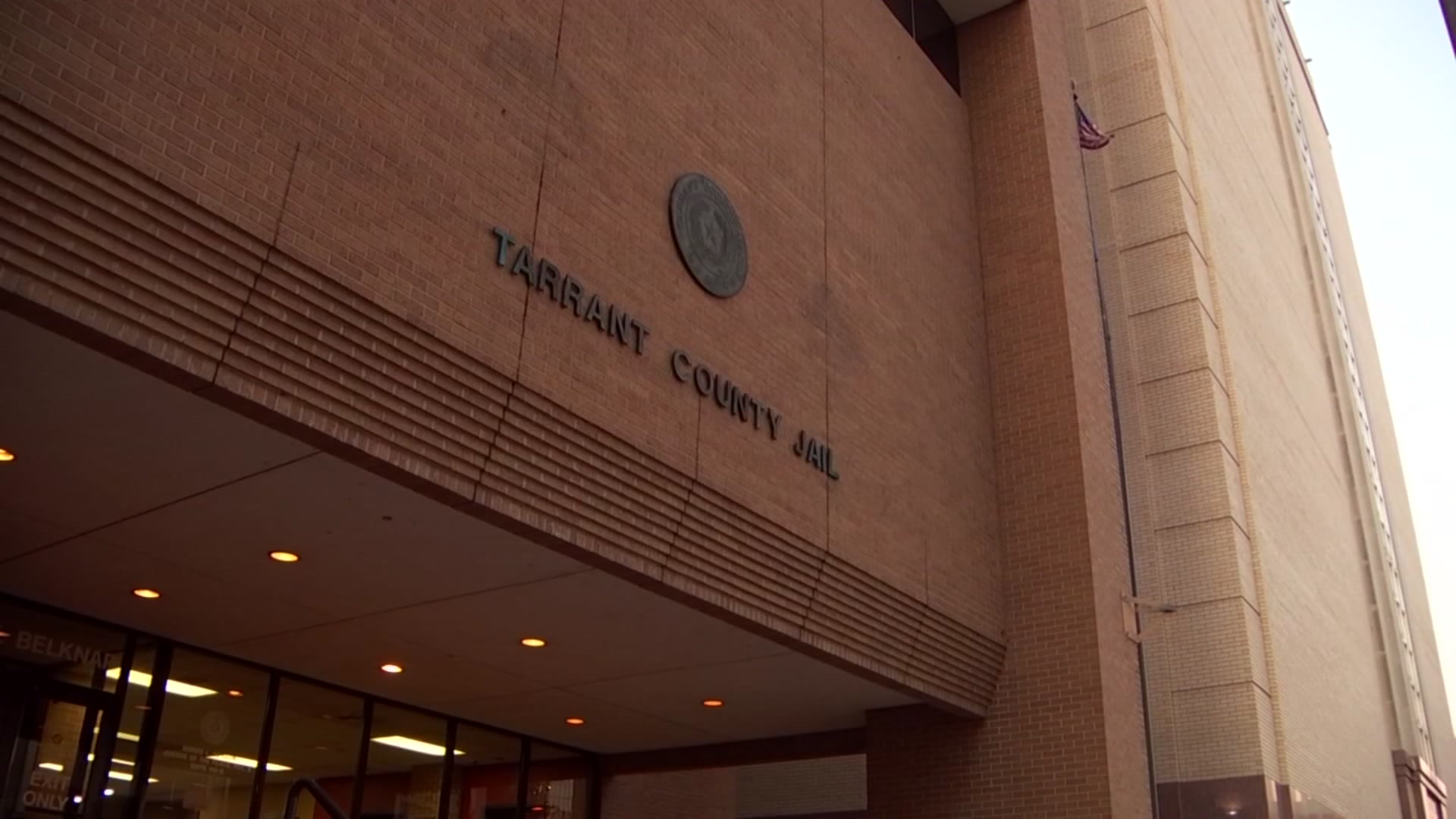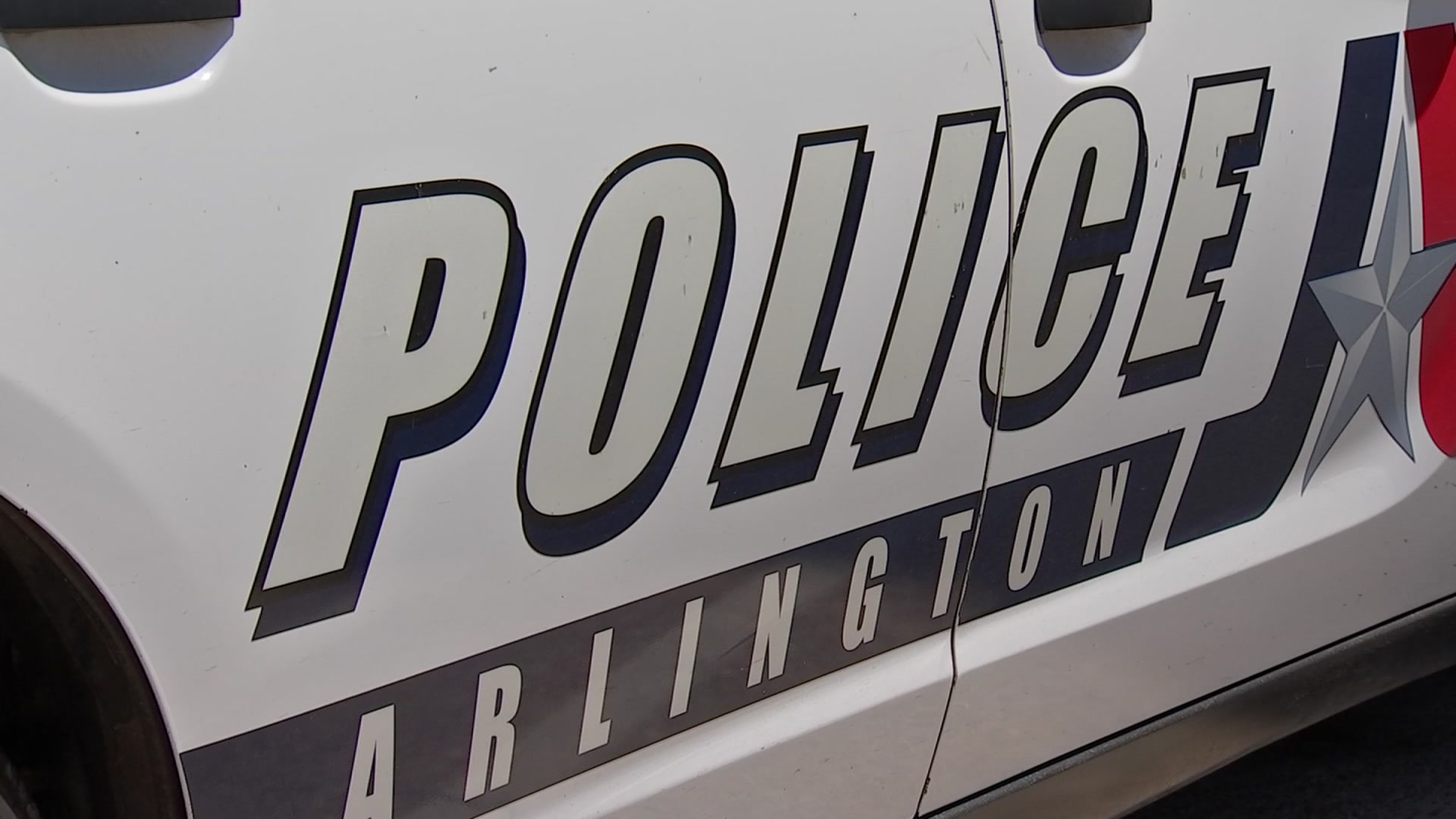Dallas homicide detectives are starting 2017 with a heavy workload.
Between 2015 and 2016, the city's murder rate increased 28 percent with the majority of the cases having taken place south of Interstate 30 in South Central Dallas. More than half of those homicides remain unsolved. In 2016 the “clearance rate” — which indicates arrests, not convictions — was 49 percent.
At the Dallas Police Department, there are 19 homicide detectives that are trying to piece together details that could lead to an arrest in these cases, but the department is spread thin. A mass exodus of officers in 2016 has led to a shortage close to 300 officers.
“We expect more to leave in the next few months,” said Deputy Chief Albert Martinez of the department’s Southside Division.
Martinez has been with the department for 23 years and said officers are asked to “do more with less.”
“Right now, its not a question of trying to more efficient. We have to be," Martinez said. "We are at a critical point in our department in our history when we need to do things smoother sharper better. Do more with less work smarter not harder.”
The department is asking for anyone in the community, who may have details about these unsolved murders, to step forward.
Local
The latest news from around North Texas.
“You never know when that break comes to help solve the case," Martinez said. "Sometimes it's a phone call. Sometimes it’s a witness that steps forward."
Meanwhile, at the center of each unsolved murder case is a family that lives in a constant state of uncertainty. This is a scenario where time does not heal all wounds. The mental and emotional trauma of losing a loved one to violent crime is heightened when the case goes unsolved.
“We live with that loss, too, and our detectives are working hard to piece together evidence that can lead to arrests,” Martinez said.
Officers are reaching out to pastors in South Dallas to plan community meetings. The goal would be to engage residents and build trust.



